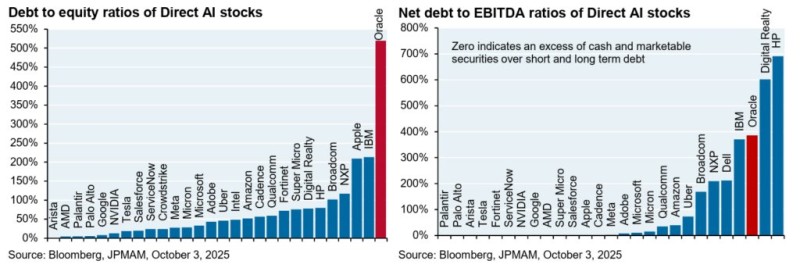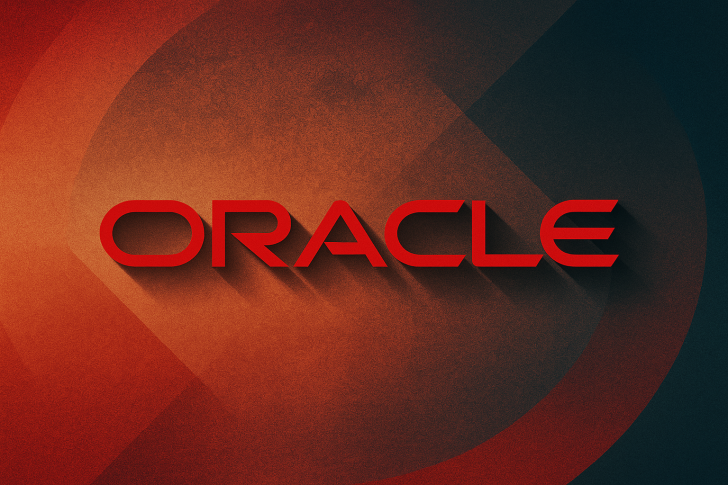● According to data from Bloomberg and JPMorgan Asset Management shared by Global Markets Investor, Oracle now carries one of the heaviest debt loads among major AI infrastructure companies. Its debt-to-equity ratio sits near 500%, dwarfing its peers, while its net debt-to-EBITDA ratio also ranks at the top of the sector. The cost of insuring Oracle's corporate debt has climbed to its highest point since October 2023, raising eyebrows among investors as the company prepares to raise roughly $38 billion to expand its global AI data center footprint.

● Oracle's massive financing move is part of its push to compete with Microsoft, Amazon, and Google in the AI infrastructure race. The $38 billion raise—backed by several major banks—is earmarked for building hyperscale data centers designed to handle AI training and inference workloads. But borrowing at this scale brings real risks: steeper interest costs, less financial flexibility, and potential credit downgrades. With debt ratios already five times higher than most AI rivals, Oracle's balance sheet looks increasingly strained.
● Analysts say Oracle needs to boost free cash flow and stabilize earnings to counter its rising leverage. Instead of piling on more debt, the company could look at equity financing, joint ventures, or strategic partnerships to ease the pressure. Competitors like Microsoft and NVIDIA have kept leverage far lower, relying on strong cash reserves to fund AI expansion—giving them a clear edge in capital management.
● The numbers show how AI infrastructure spending is reshaping corporate debt across tech. For Oracle, success could mean securing a critical role in powering the next generation of AI. Failure could serve as a warning about over-leveraging in a high-rate environment.
 Eseandre Mordi
Eseandre Mordi

 Eseandre Mordi
Eseandre Mordi


